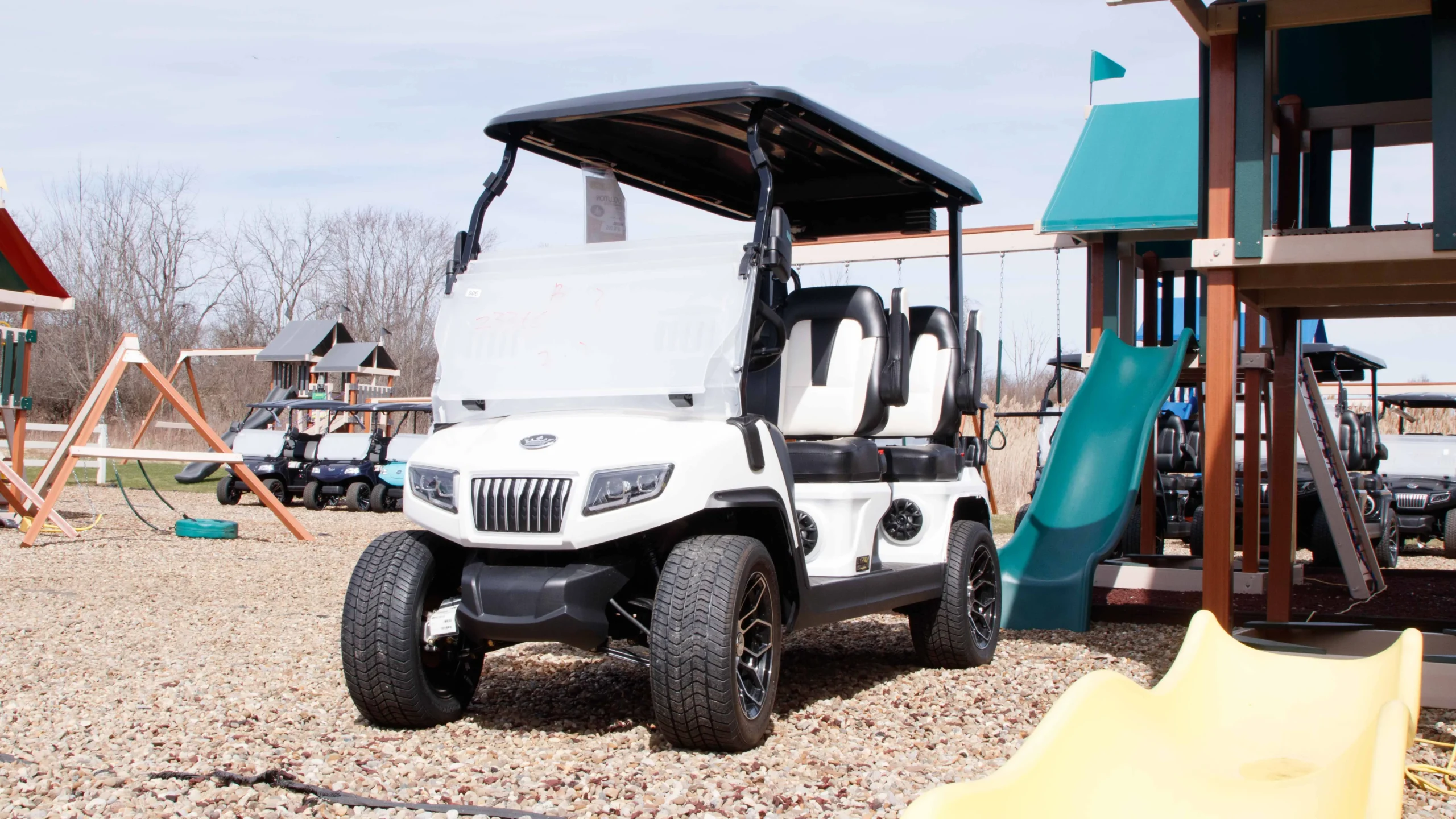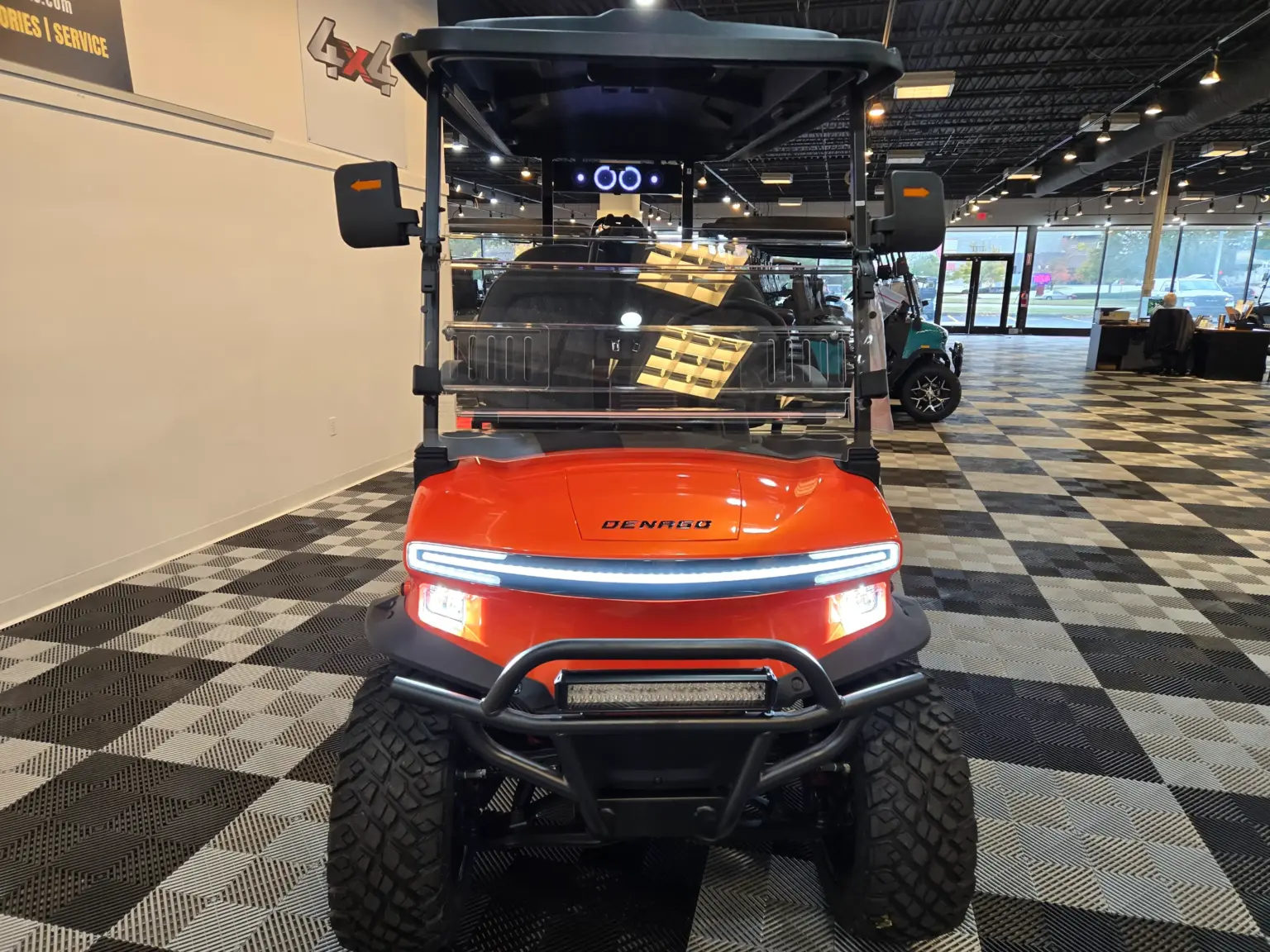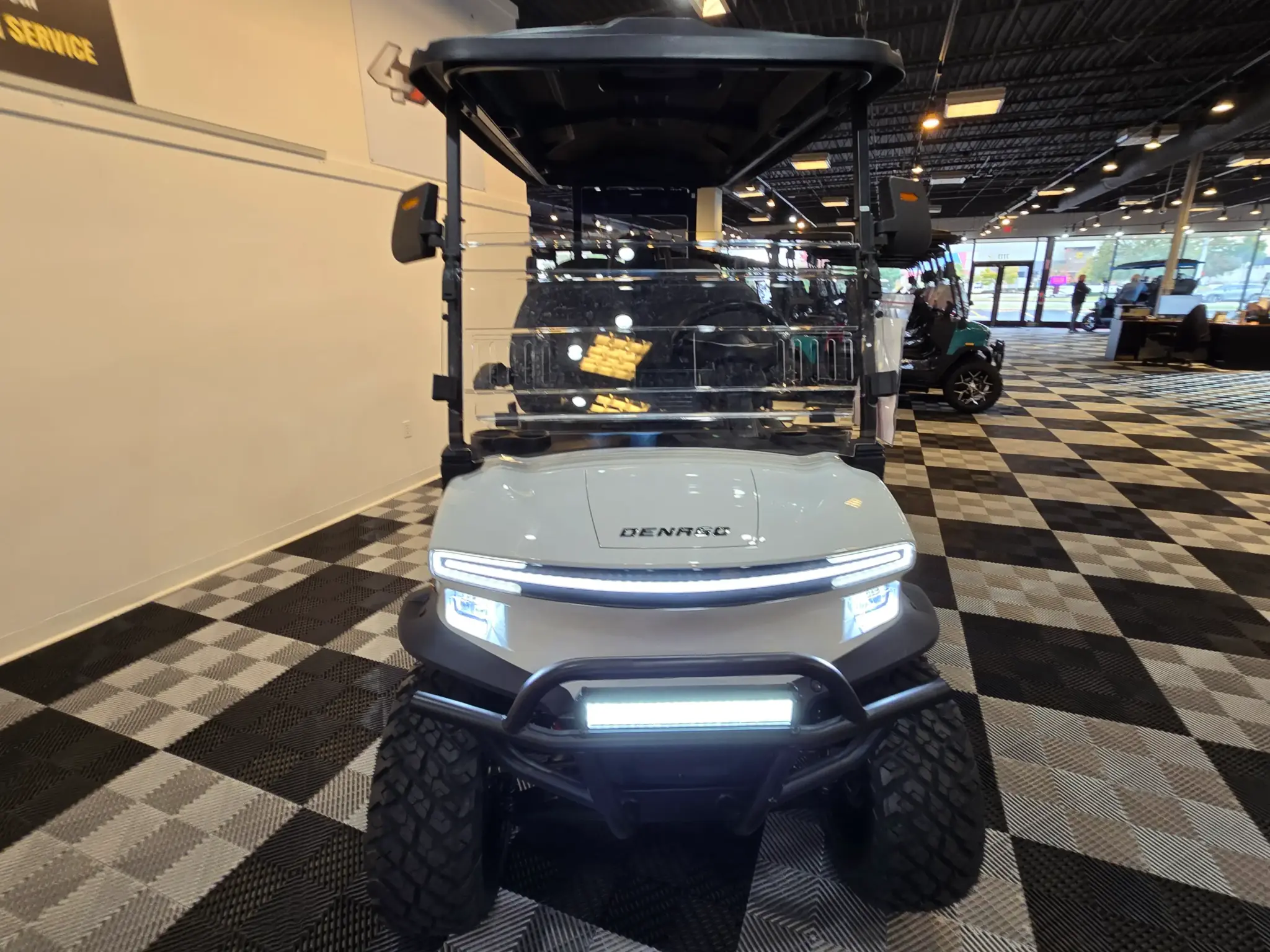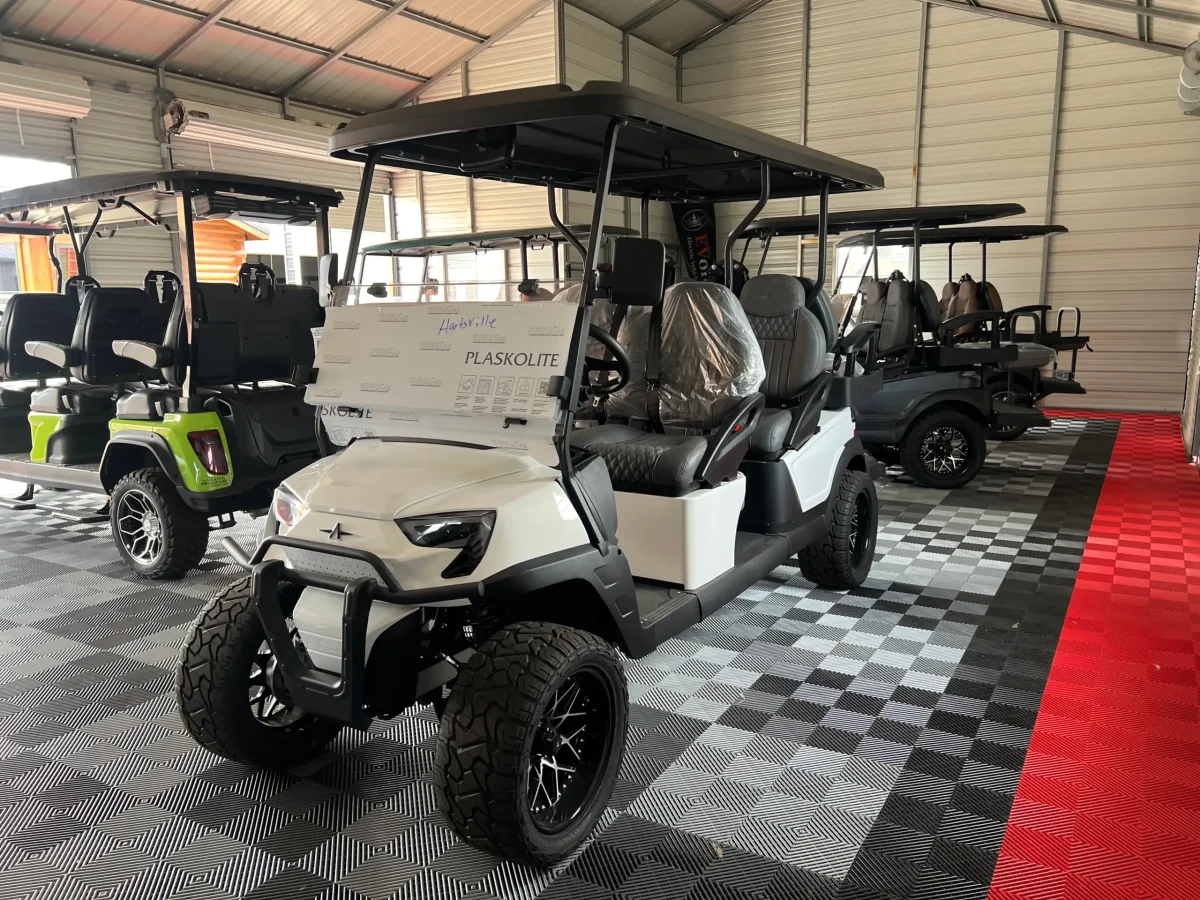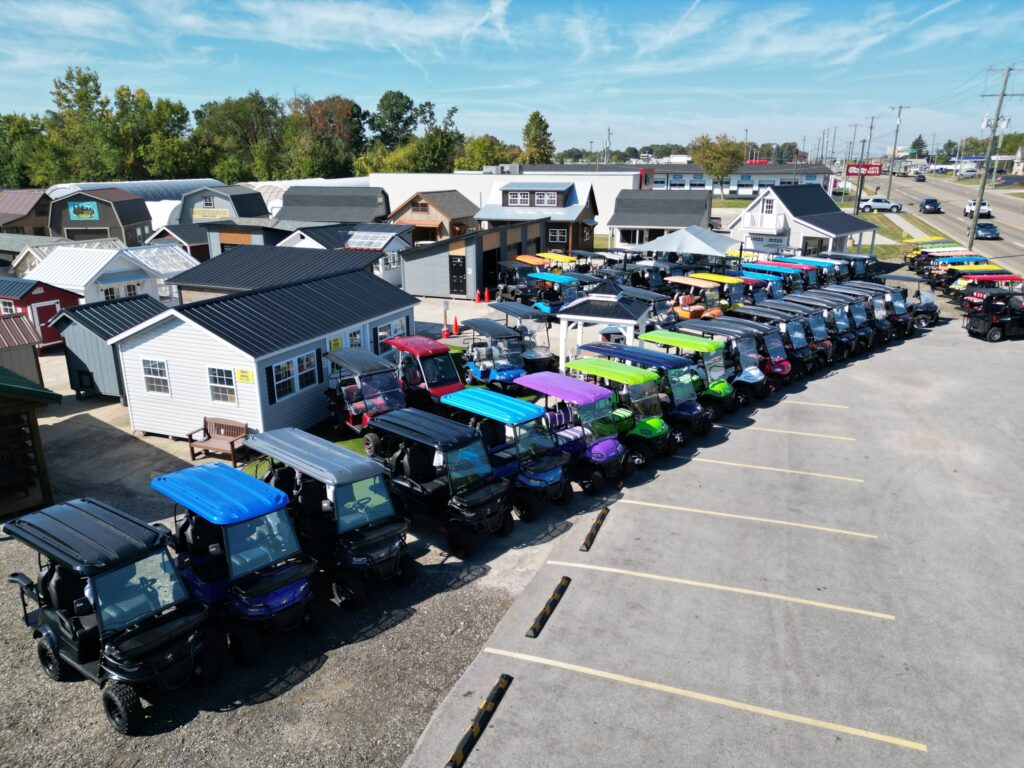Starting a golf cart may seem simple, but depending on the model, power type, and condition of the cart, the process can vary. Whether you’re a first-time owner or getting back into the swing of seasonal use, understanding how to start a golf cart correctly ensures smooth operation, prevents damage, and promotes longer system life. From gas-powered models to electric setups with keyless ignition, each golf cart starts a little differently—and knowing the right approach makes all the difference.
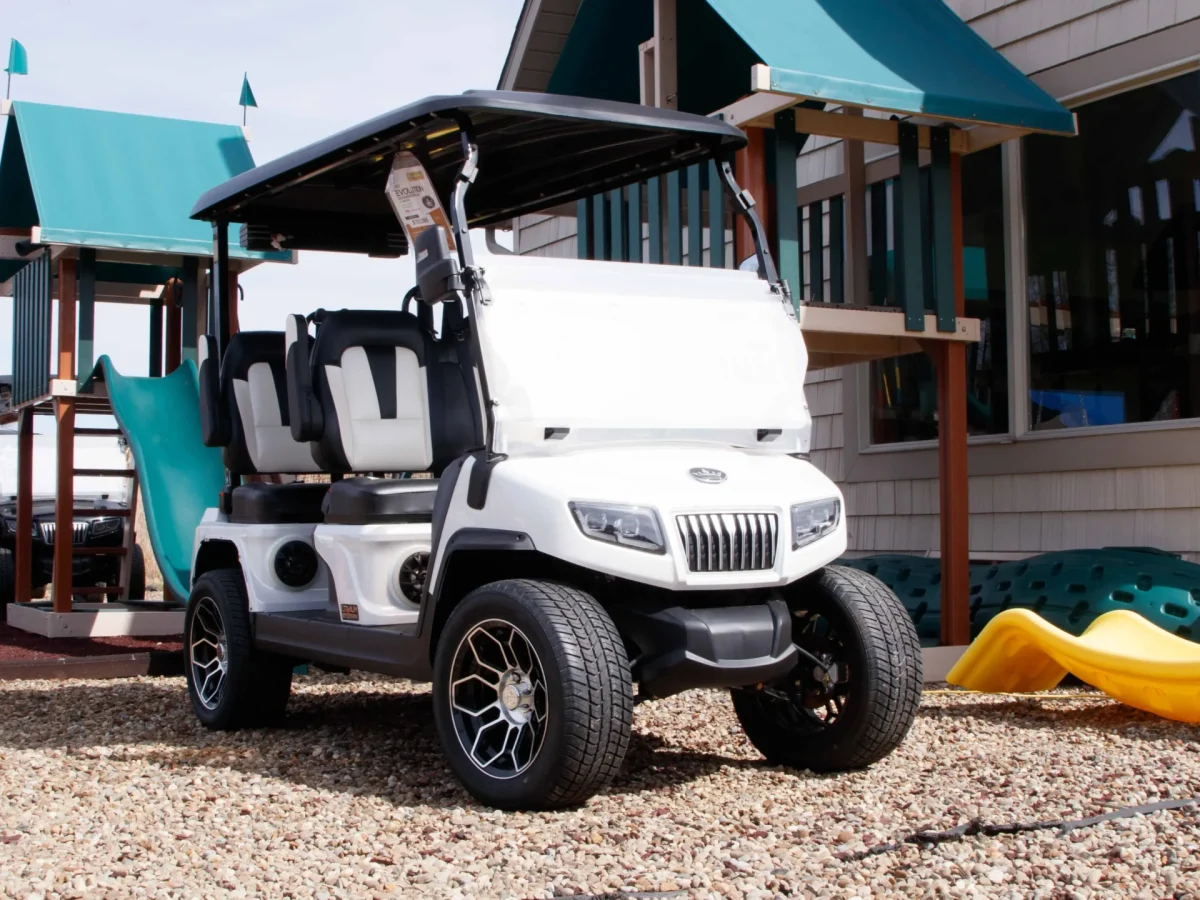
Identifying the Type of Golf Cart
Before attempting to start the vehicle, it’s important to determine whether you’re using a gas-powered or electric golf cart. Gas carts typically come with a small combustion engine that requires fuel, air, and spark to operate. Electric carts, on the other hand, rely on one or more deep-cycle batteries and a motor powered by voltage systems such as 36V or 48V.
At Hartville Golf Carts, we help customers identify their cart’s specifications, including voltage, motor type, and controller system, so that they start and operate the cart safely.
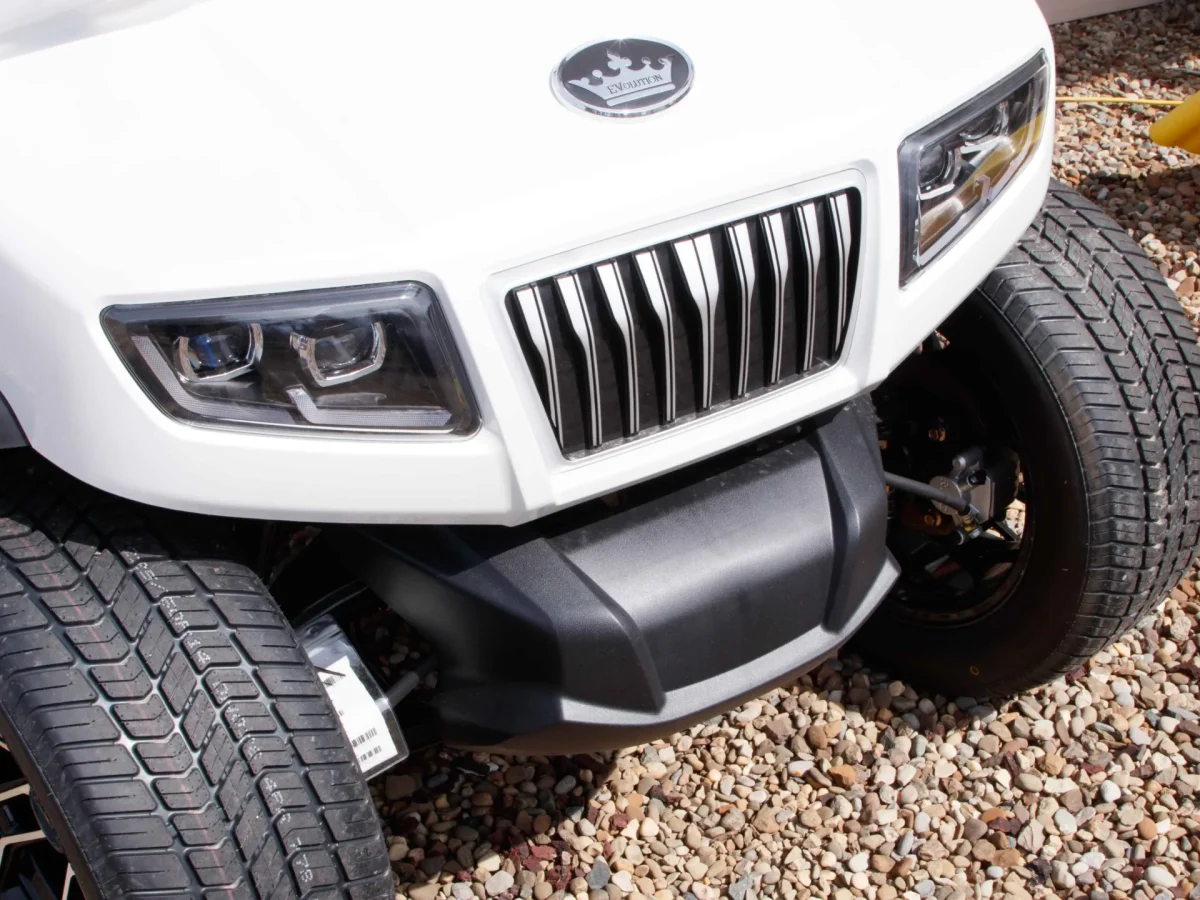
How to Start an Electric Golf Cart
To start an electric golf cart, begin by inserting the key into the ignition switch and turning it to the “ON” position. Make sure the cart is in neutral if it has a gear selector. Some carts will feature a forward/reverse switch instead of a physical gear.
Once powered on, press the accelerator pedal. Many electric carts operate using a solenoid that engages once pressure is applied to the pedal. If the cart doesn’t respond, verify that the battery is charged and that the connections are tight and corrosion-free.
Modern electric carts often include onboard diagnostics or indicators that help troubleshoot startup issues. Look for blinking lights or fault codes on the dash if the cart fails to start.
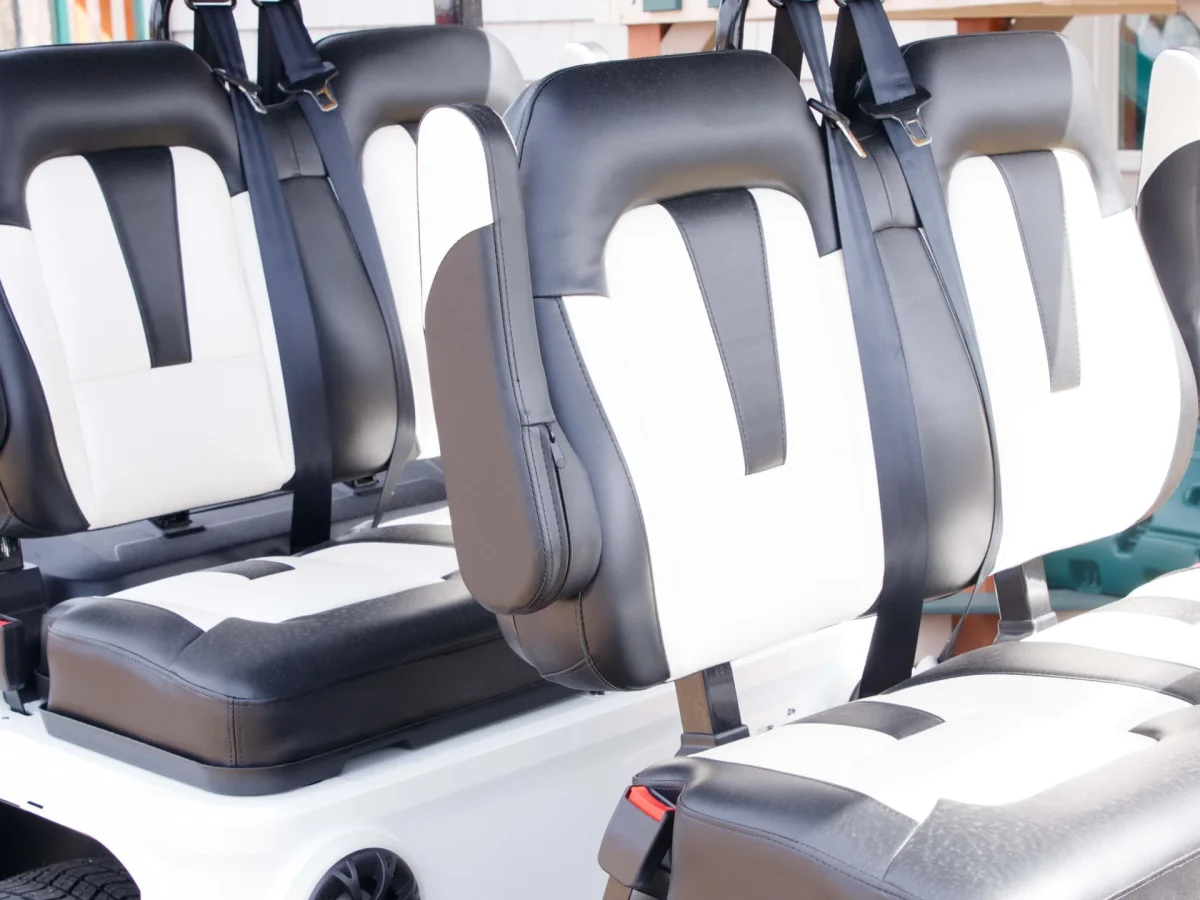
How to Start a Gas-Powered Golf Cart
For gas carts, starting resembles the operation of a small utility vehicle or lawn mower. Insert the key, turn it to the “ON” position, and press the accelerator pedal. Most gas-powered golf carts are equipped with an automatic starter that engages when you push the pedal. There’s no separate ignition button.
Ensure the choke is activated if starting the cart for the first time that day or in colder temperatures. The choke helps regulate airflow to the carburetor, enriching the fuel mixture for easier ignition. Once the engine starts, release the choke gradually to avoid stalling.
If the cart cranks but doesn’t start, check the fuel level, spark plug condition, and fuel filter for blockages. Regular maintenance and seasonal fuel stabilizer additives can prevent many startup issues.
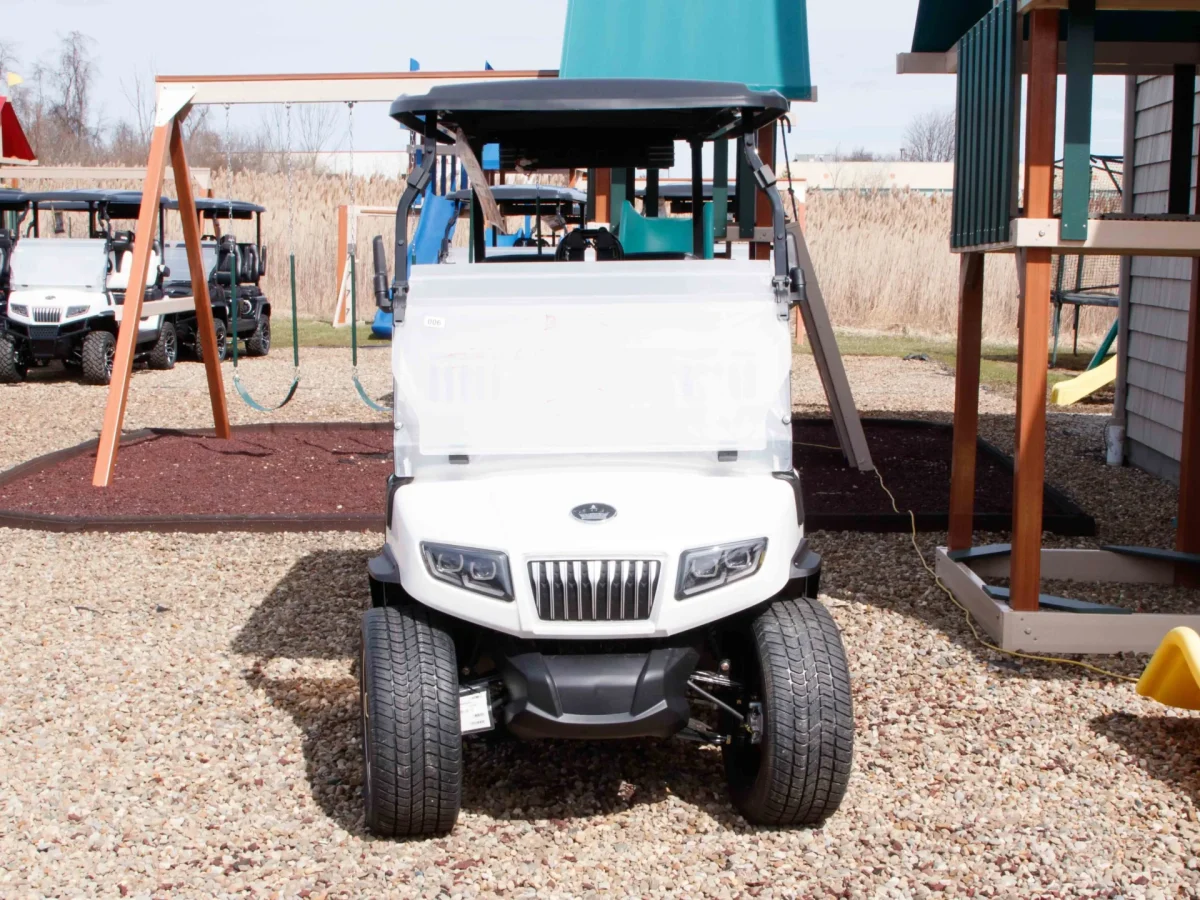
Safety and Pre-Startup Checks
Knowing how to start a golf cart isn’t just about turning a key. Safety checks should always come first. Inspect the tires, brakes, and battery terminals before starting. For electric carts, make sure battery voltage is adequate and wires are securely fastened. For gas carts, check for oil levels and leaks beneath the chassis.
If the cart is in a storage setting or hasn’t been used for weeks, it’s wise to clean the terminals, top off fluids, and inspect belts or wiring harnesses. For both gas and electric carts, engaging the parking brake before startup prevents rollaways and adds stability.

Keyless Ignition and Advanced Features
Some newer models now feature keyless ignition systems, remote starters, or smart dashboard displays. Learning how to start a golf cart equipped with these features often means consulting the manufacturer’s manual or digital guides.
For example, certain Evolution and Icon models sold at Hartville Golf Carts allow users to start the vehicle with a PIN code or RFID fob. These systems often include touchscreen interfaces and diagnostic displays that confirm system readiness before activation.
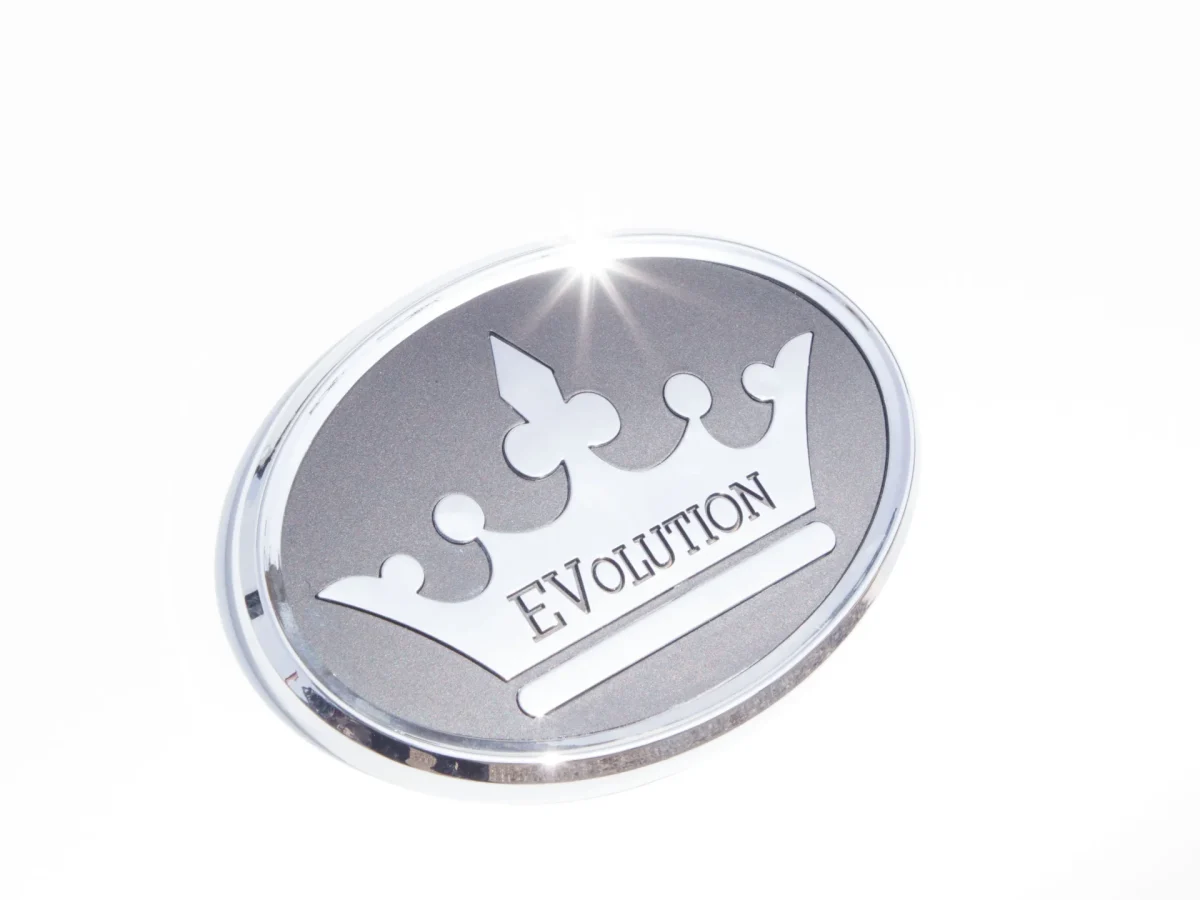
Troubleshooting Startup Issues
If your cart refuses to start, the cause often lies in a handful of common but fixable issues. A dead battery may be the most frequent culprit, especially if the cart has been idle for some time. Low voltage or no response from the key switch could signal a drained charge, and a multimeter test can confirm this. Sometimes, corroded terminals interfere with electrical flow, and a simple cleaning with a baking soda solution can restore connectivity.
Another issue may involve a blown fuse, which interrupts the ignition circuit. Replacing a faulty fuse is often straightforward but should be done with the correct rating to avoid electrical risk. In electric carts, a failed solenoid is often to blame if you hear no click when the pedal is pressed. In gas carts, fuel-related issues like a clogged carburetor or old gasoline can prevent the engine from starting. If the cart smells of fuel but doesn’t start, it may be flooded due to over-choking.
When standard checks don’t resolve the issue, it’s best to consult the cart’s service manual or bring the vehicle to a certified technician. Troubleshooting becomes easier when you understand your cart’s systems and have the right support on hand.
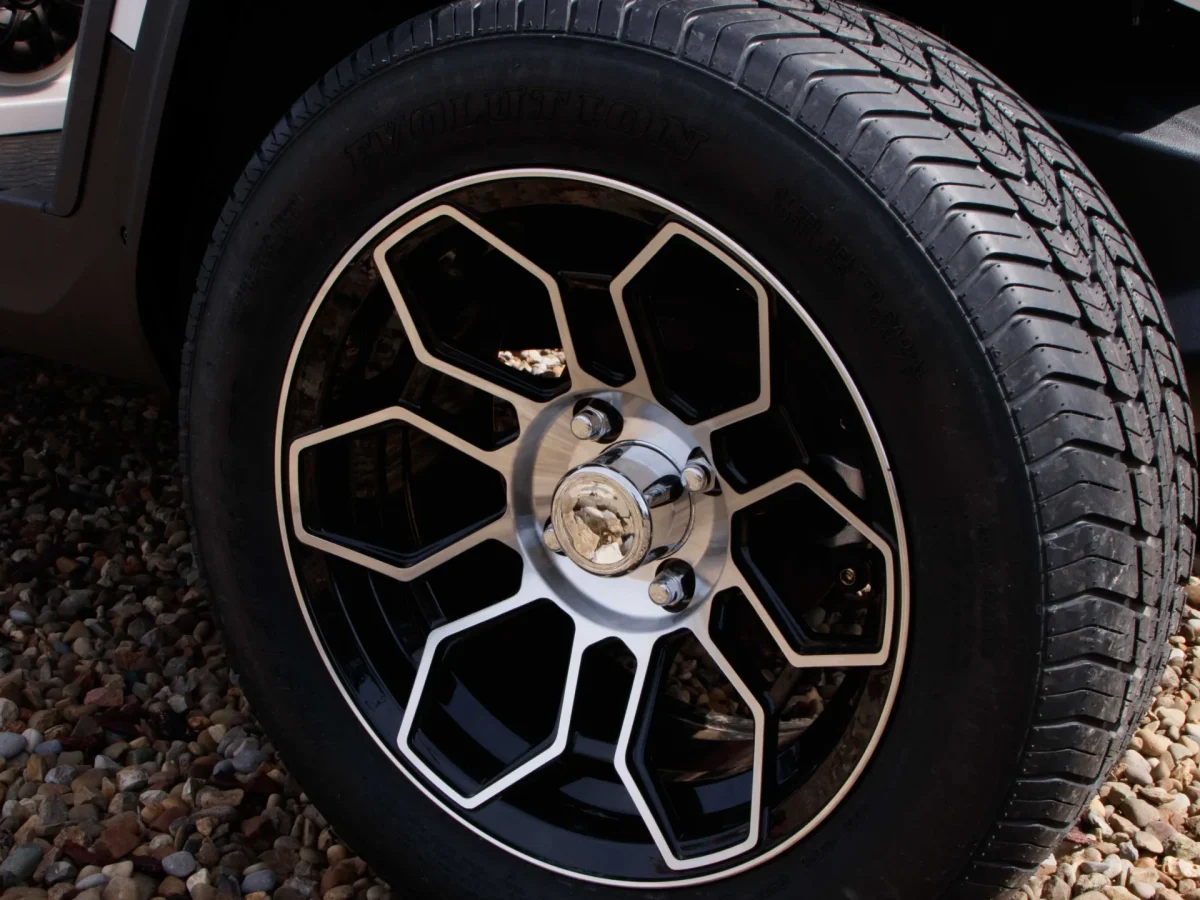
Seasonal Use and Storage Restarts
Many owners store their carts during winter or extended off-season periods. Restarting after long storage requires a few extra steps:
- Reconnect or charge batteries
- Inspect for rodent damage or chewed wiring
- Inflate tires to correct pressure
- Add fresh fuel (for gas carts) or top off battery water levels (for lead-acid systems)
- Lubricate joints or linkage points if necessary
These precautions help you avoid long-term wear and extend the lifespan of your cart’s drivetrain and electrical systems.

Conclusion
Learning how to start a golf cart involves more than turning a key. From power source differences to startup protocols, proper knowledge ensures safe and effective operation. Whether you’re driving a simple electric cart or a gas-powered utility model, taking the right steps keeps you rolling smoothly.
For expert guidance, parts, or troubleshooting support, visit Hartville Golf Carts. We offer new and used carts, service plans, and knowledgeable staff who can help you get the most out of your vehicle.
For more technical insights on electric drivetrains and battery performance, explore this guide from Battery University.


